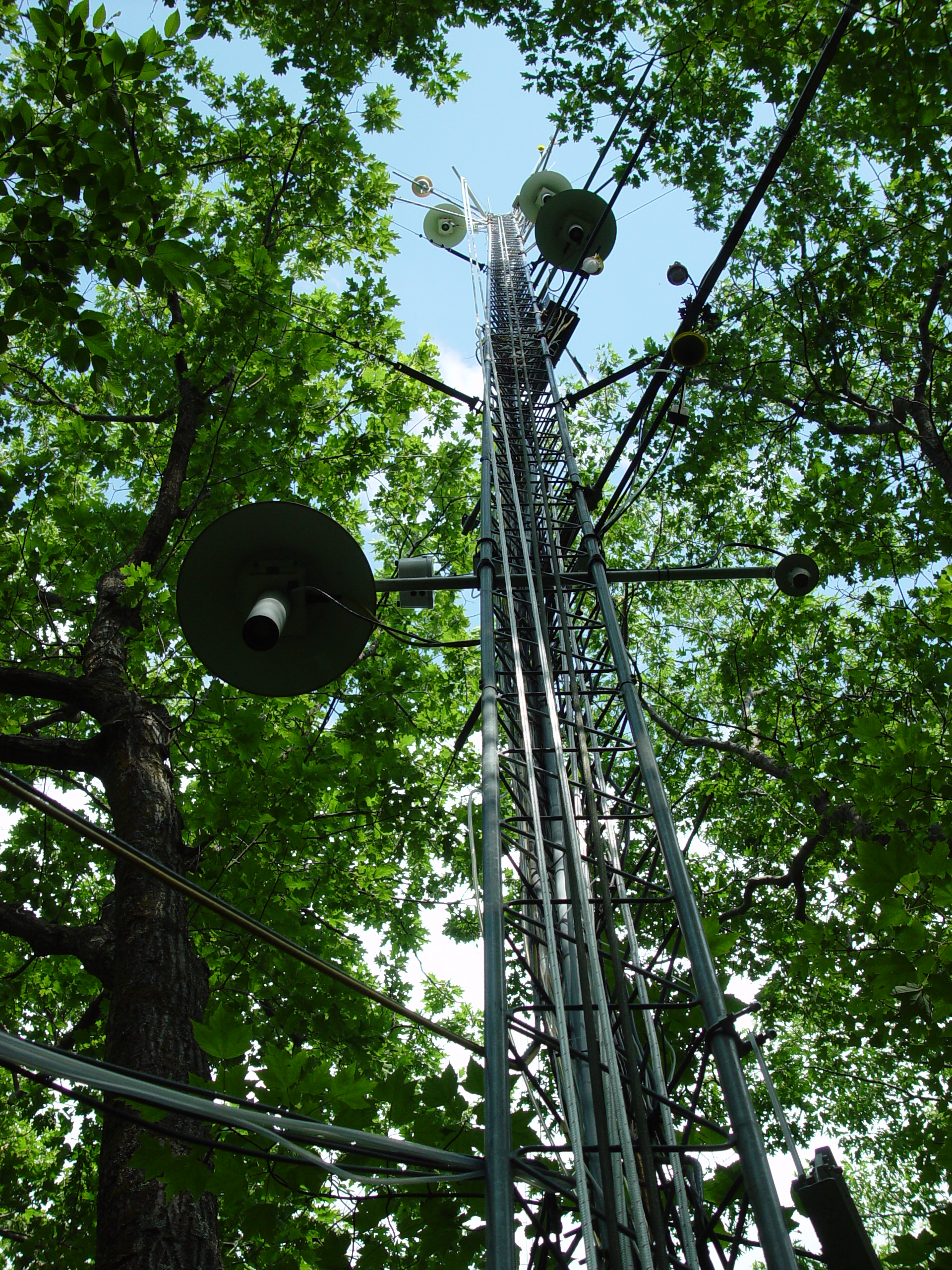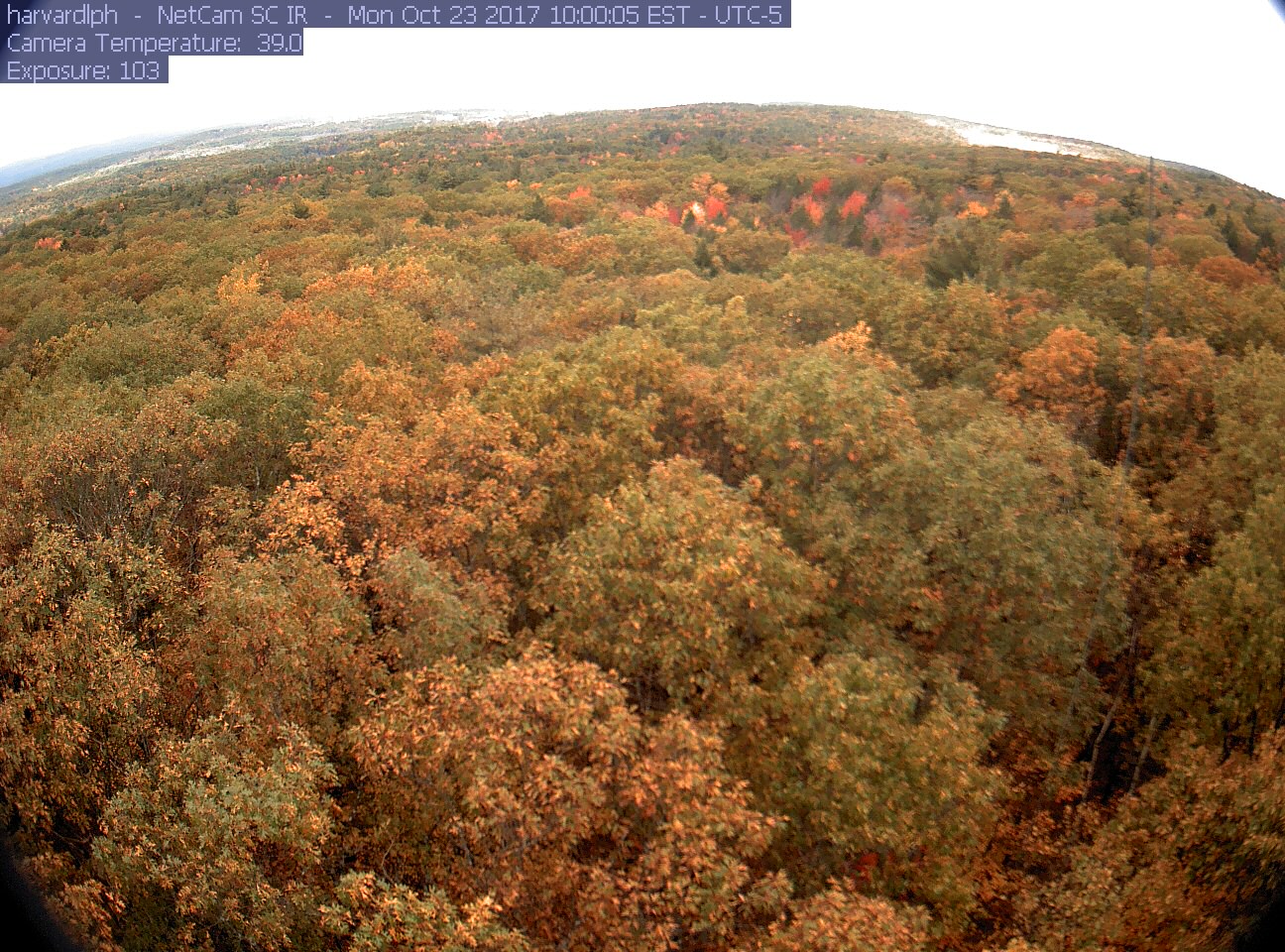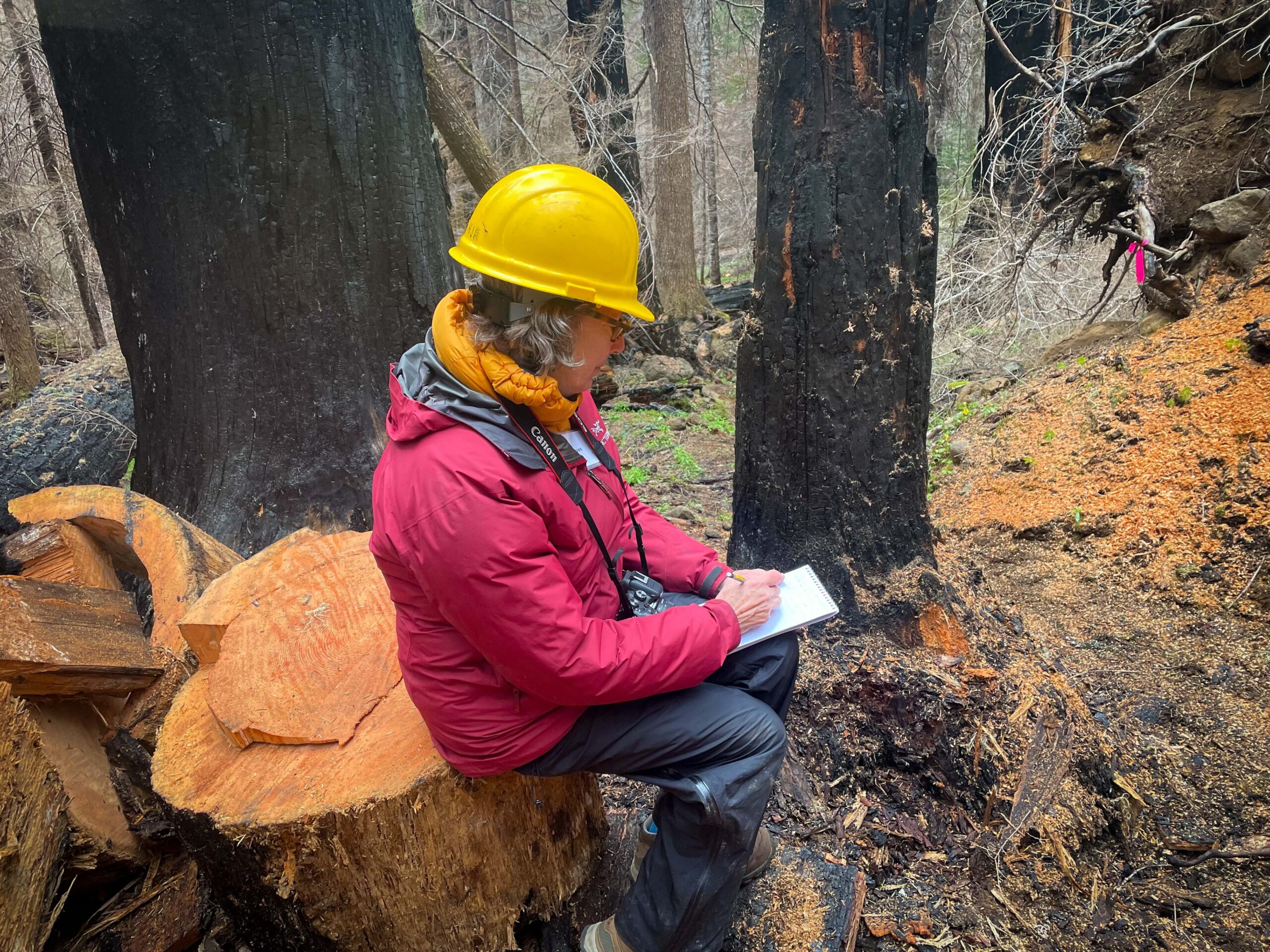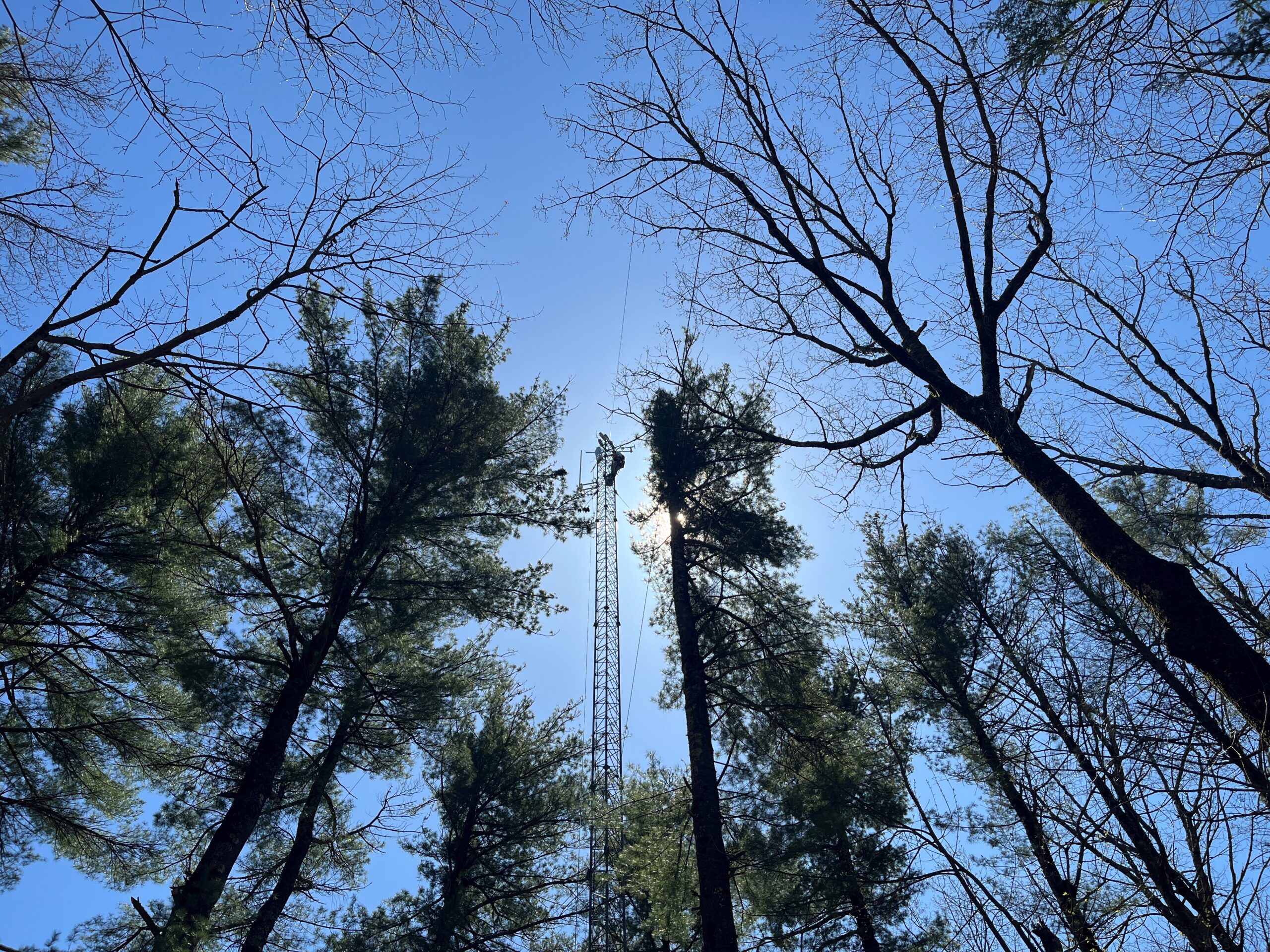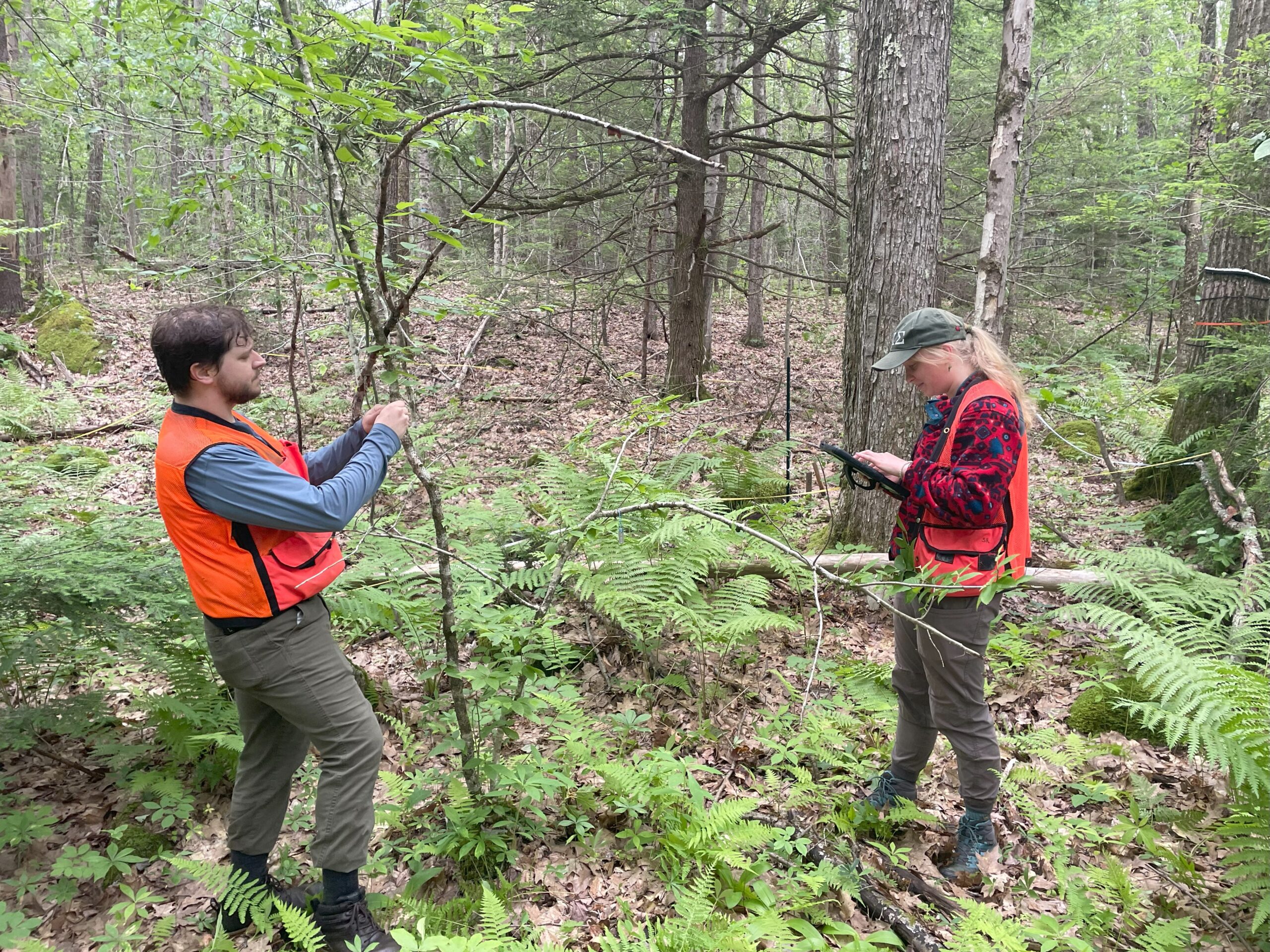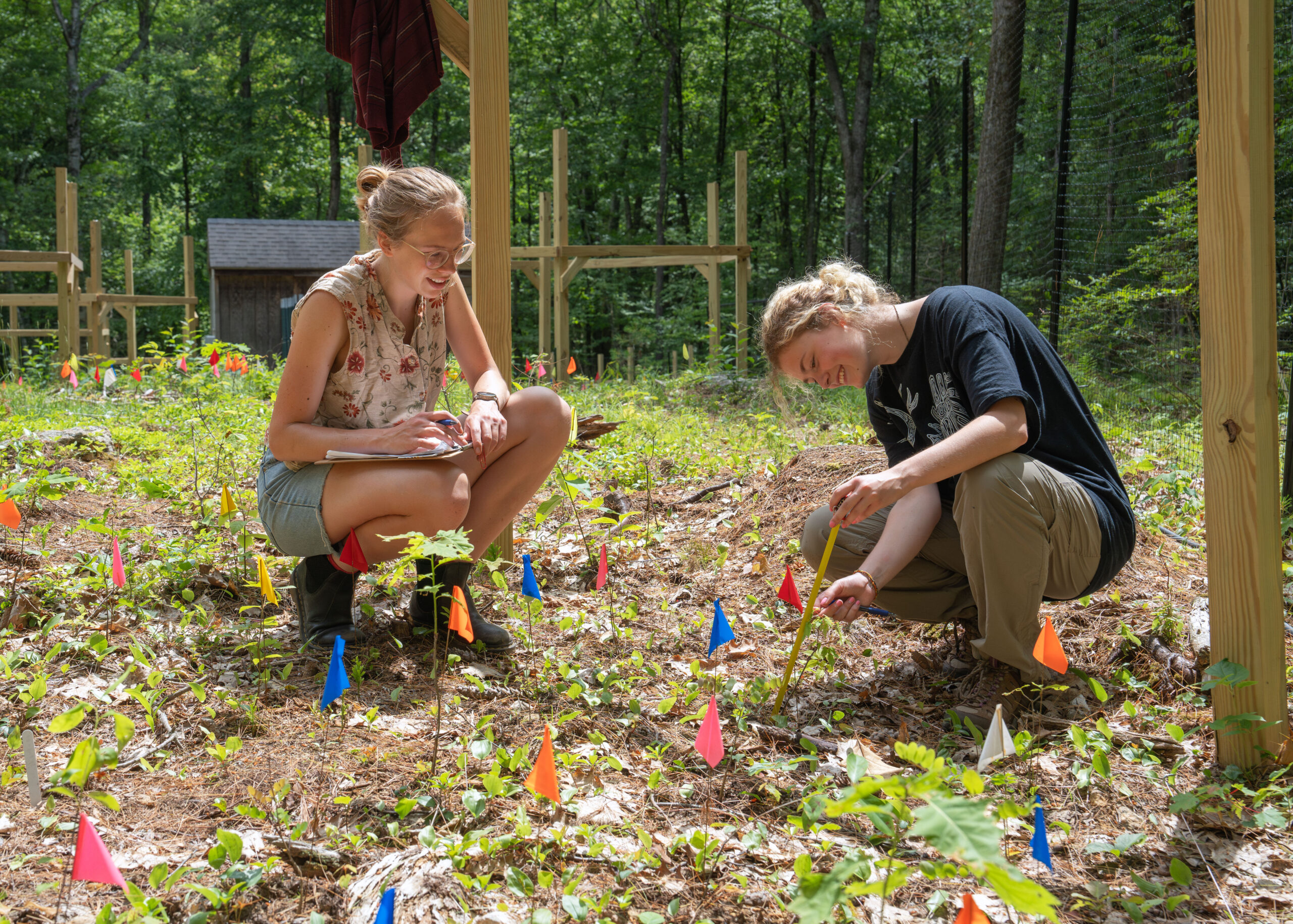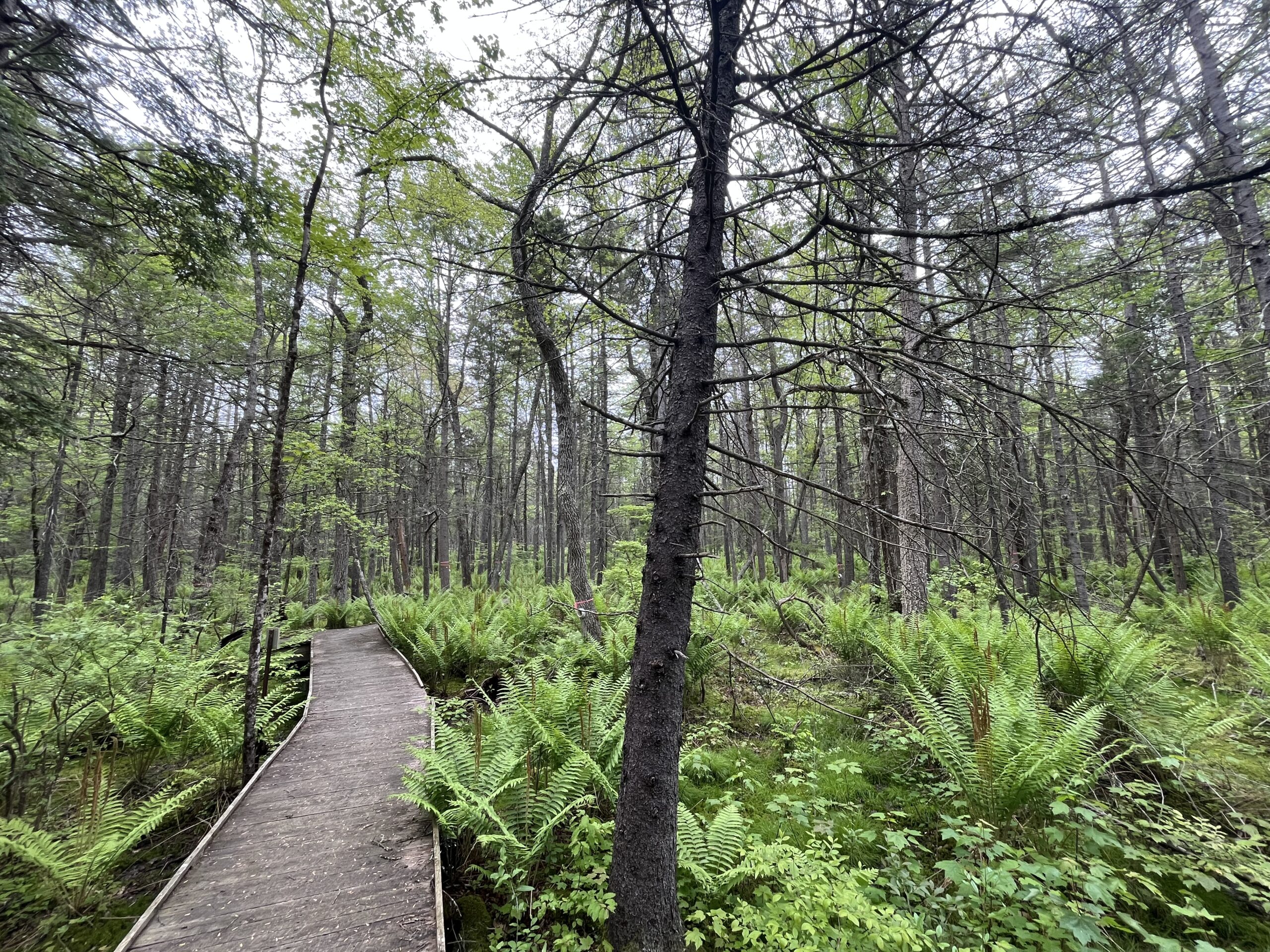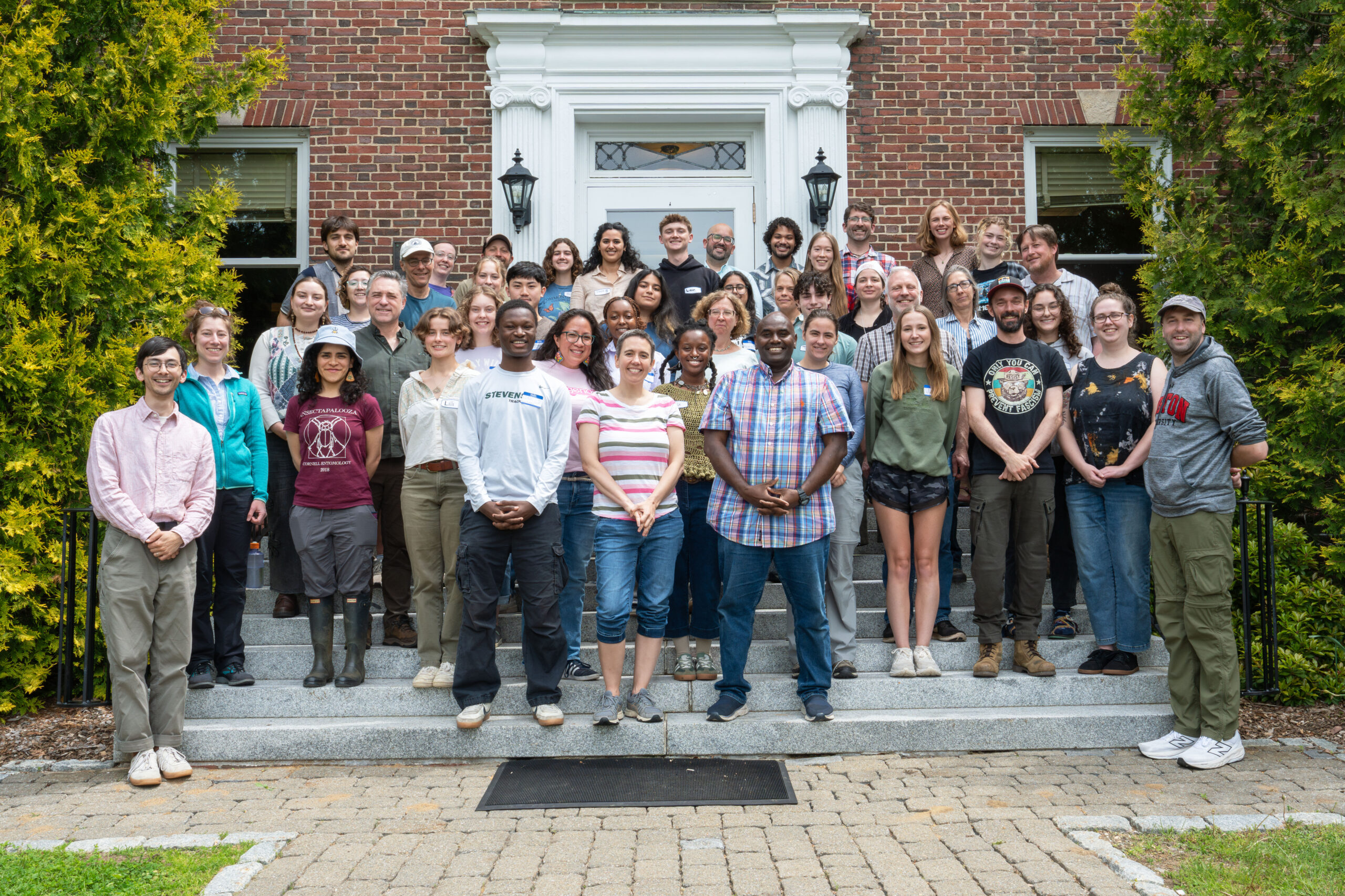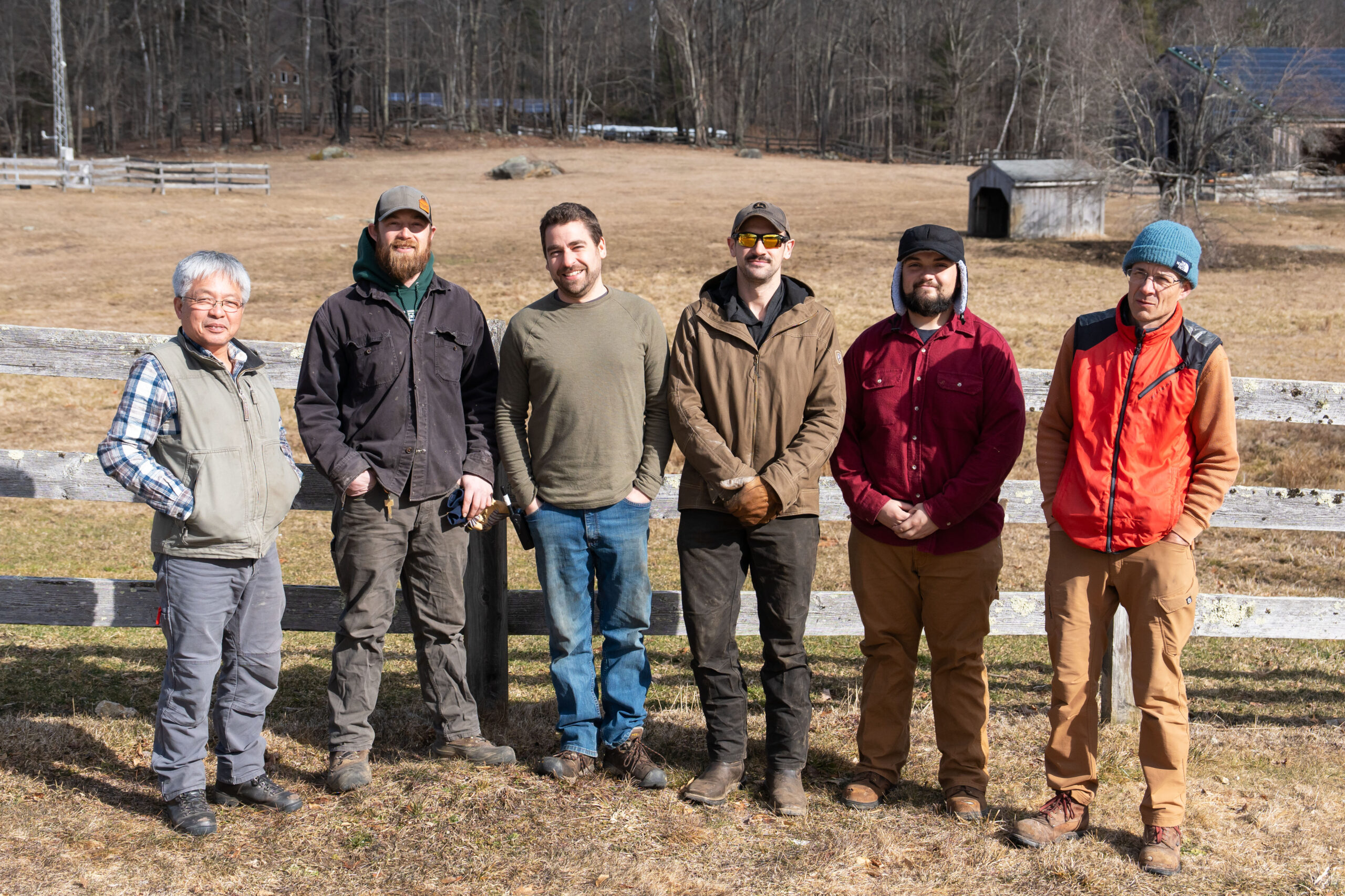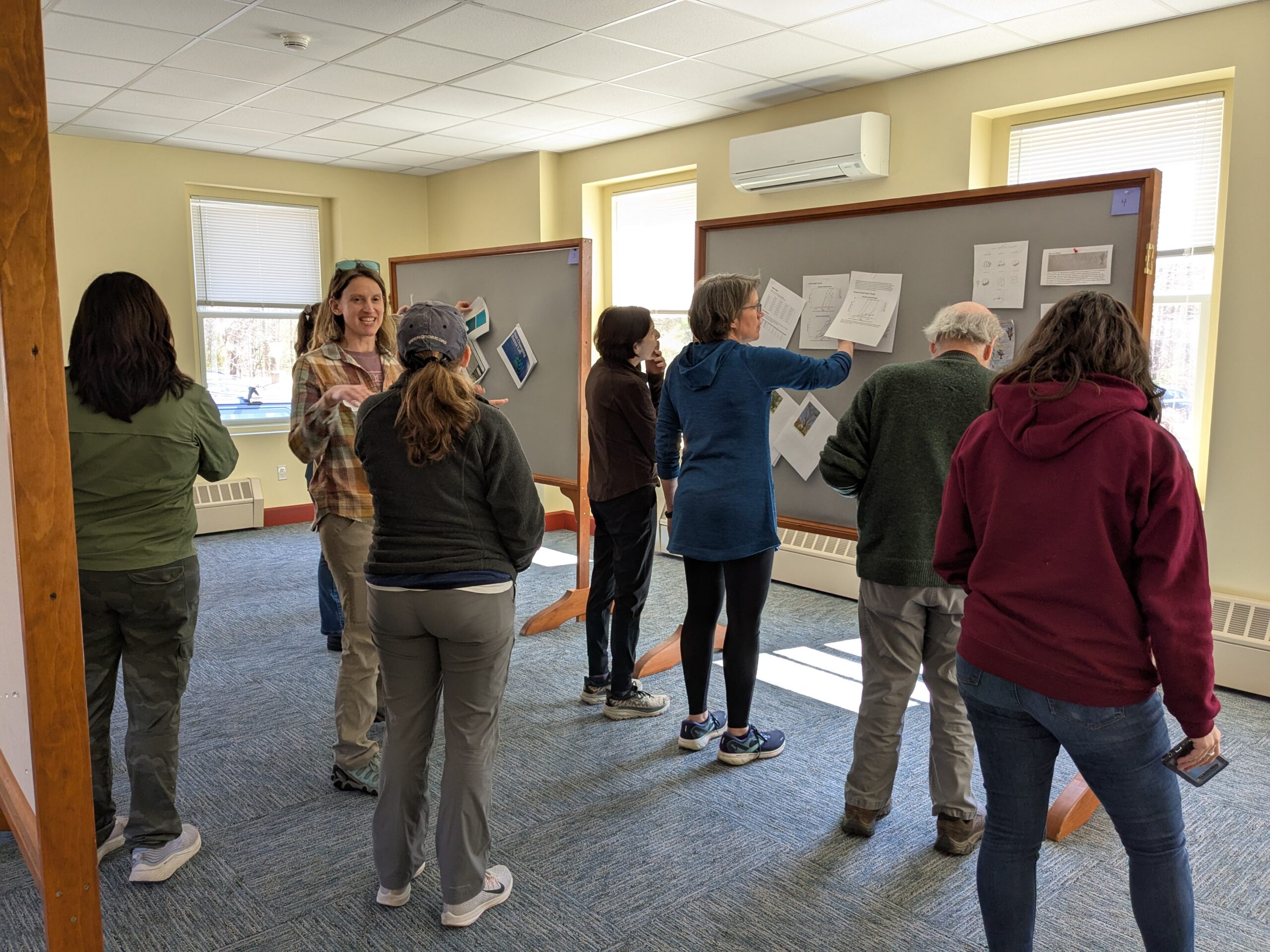
As policymakers throughout New England consider strategies to mitigate carbon emissions, carbon offset programs have become increasingly prevalent. A nature-based solution that allows participants to pay for the continued storage and sequestration of carbon through the preservation of trees, carbon offset programs are subject to agreements that ensure enrolled land will remain forested. Within this relatively new market, however, the risks to protected forest carbon are severely underestimated, for example in California carbon market, the largest regulatory market in the US, only 3% of a carbon offset project is set aside to insure for catastrophic events. Given the projections of increased hurricanes due to climate change, former Harvard Forest postdoc and current Assistant Professor at Dartmouth College Shersingh Joseph Tumber-Dávila sought to better understand the adequacy of accounting for risk using this model nationally.
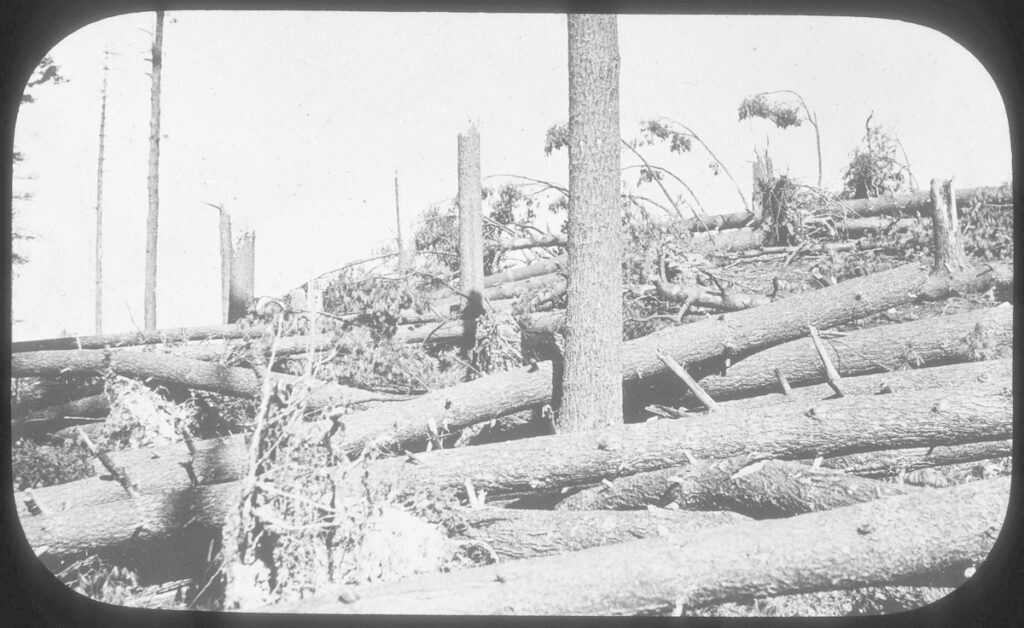
Recently published in Global Change Biology, Tumber-Dávila’s research found that hurricanes pose a substantial and typically underestimated risk to New England’s forest carbon stocks. Specifically, the study found that tree damage caused by a single hurricane could wipe out up to 10% of total aboveground forest carbon. “As the climate warms and sea surface temperatures continue to rise, hurricanes could get stronger and will have the capacity to stay on land longer, with the potential to move inland and northward into the heavily forested regions of the Northeast,” says Tumber-Dávila.

Learn more via Dartmouth College’s press release or read the full article here.
